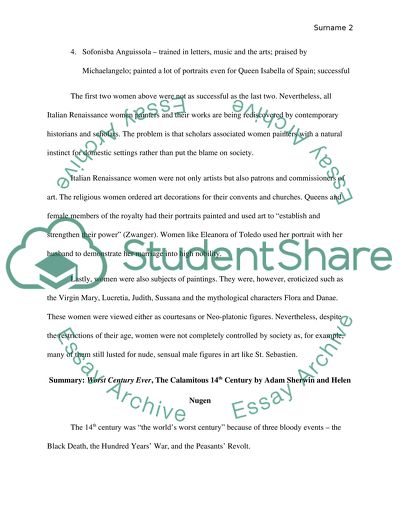Cite this document
(“Women and Art in the Renaissance by Meryl Zwanger Book Report/Review”, n.d.)
Women and Art in the Renaissance by Meryl Zwanger Book Report/Review. Retrieved from https://studentshare.org/history/1432635-summaries
Women and Art in the Renaissance by Meryl Zwanger Book Report/Review. Retrieved from https://studentshare.org/history/1432635-summaries
(Women and Art in the Renaissance by Meryl Zwanger Book Report/Review)
Women and Art in the Renaissance by Meryl Zwanger Book Report/Review. https://studentshare.org/history/1432635-summaries.
Women and Art in the Renaissance by Meryl Zwanger Book Report/Review. https://studentshare.org/history/1432635-summaries.
“Women and Art in the Renaissance by Meryl Zwanger Book Report/Review”, n.d. https://studentshare.org/history/1432635-summaries.


